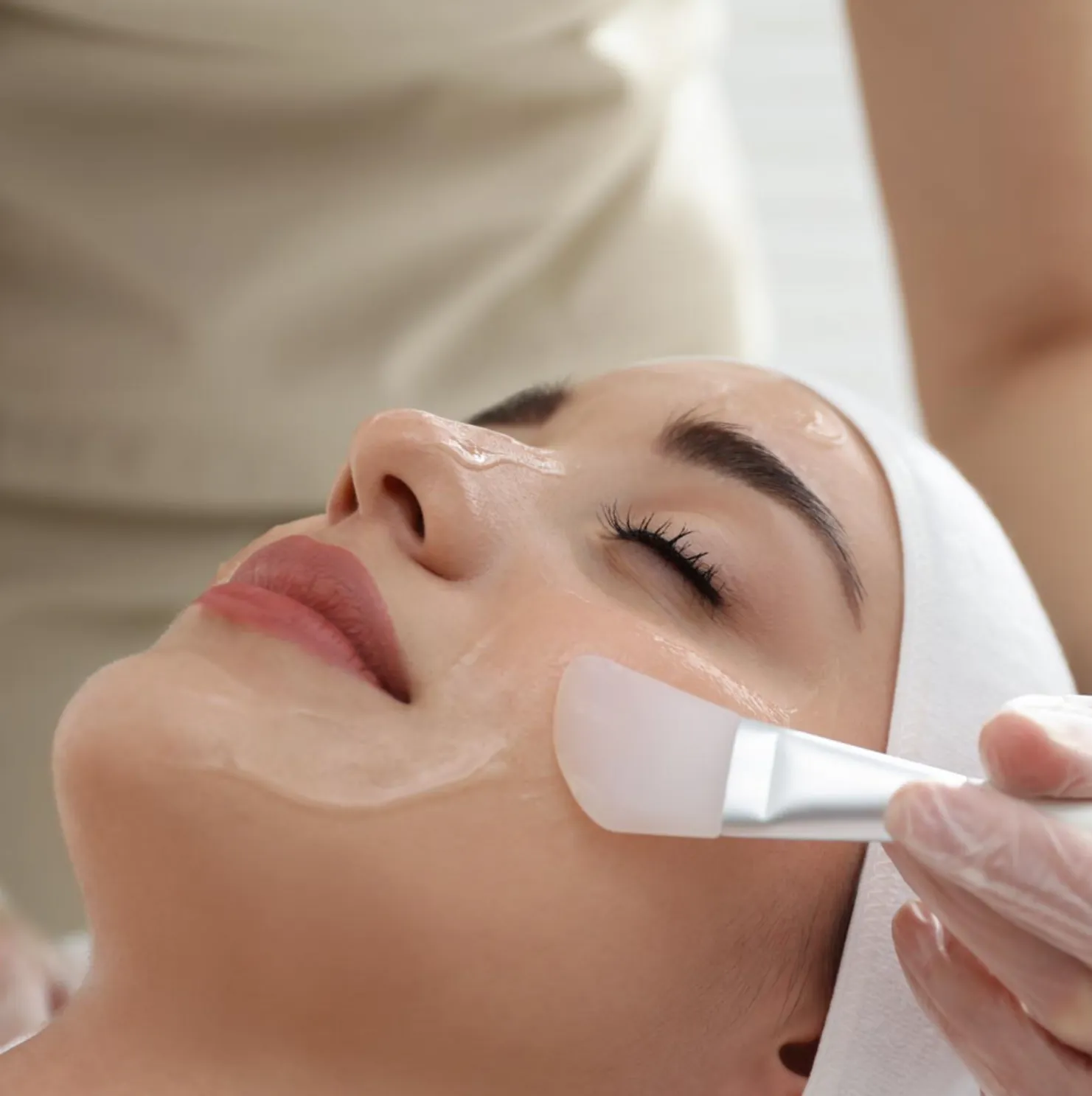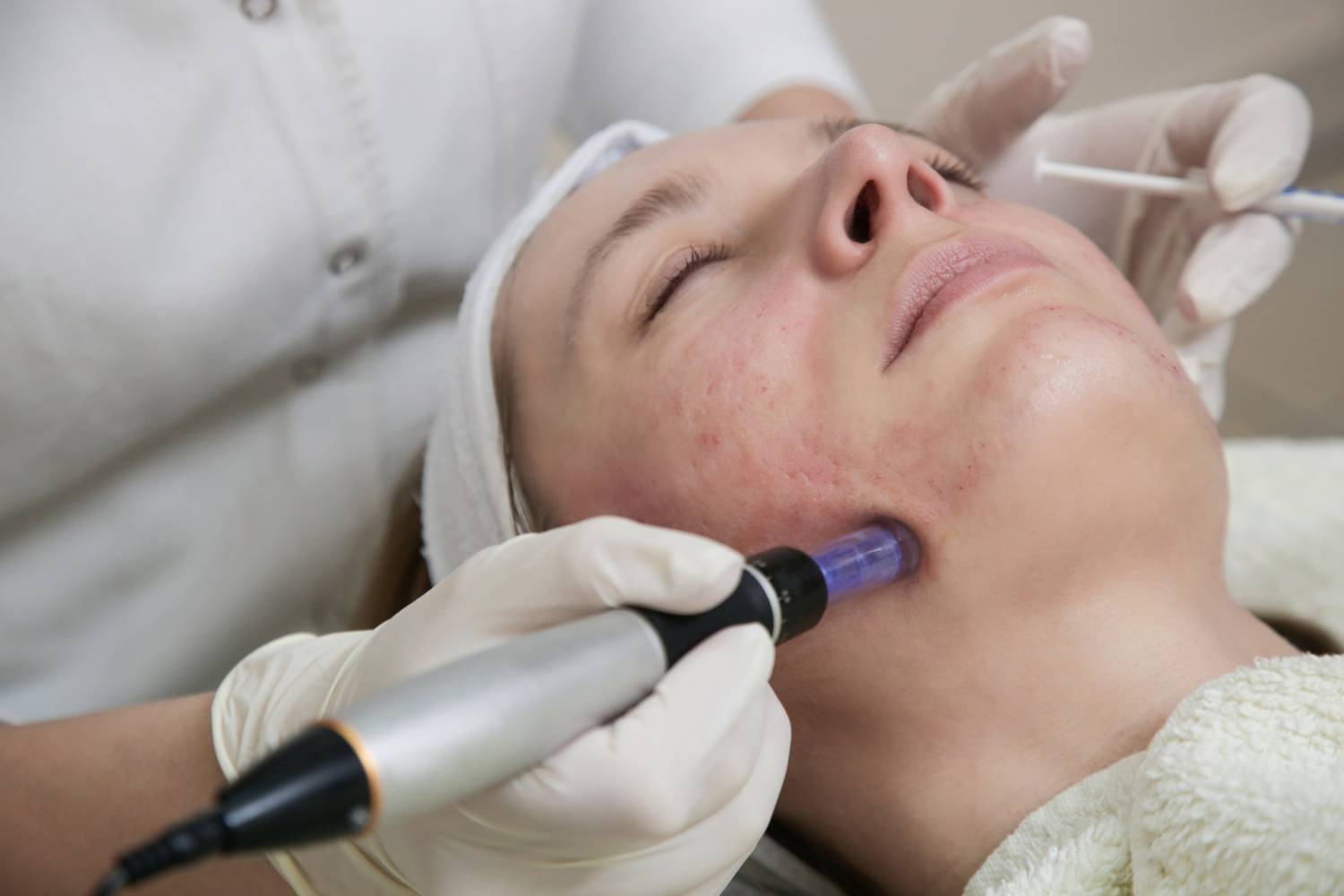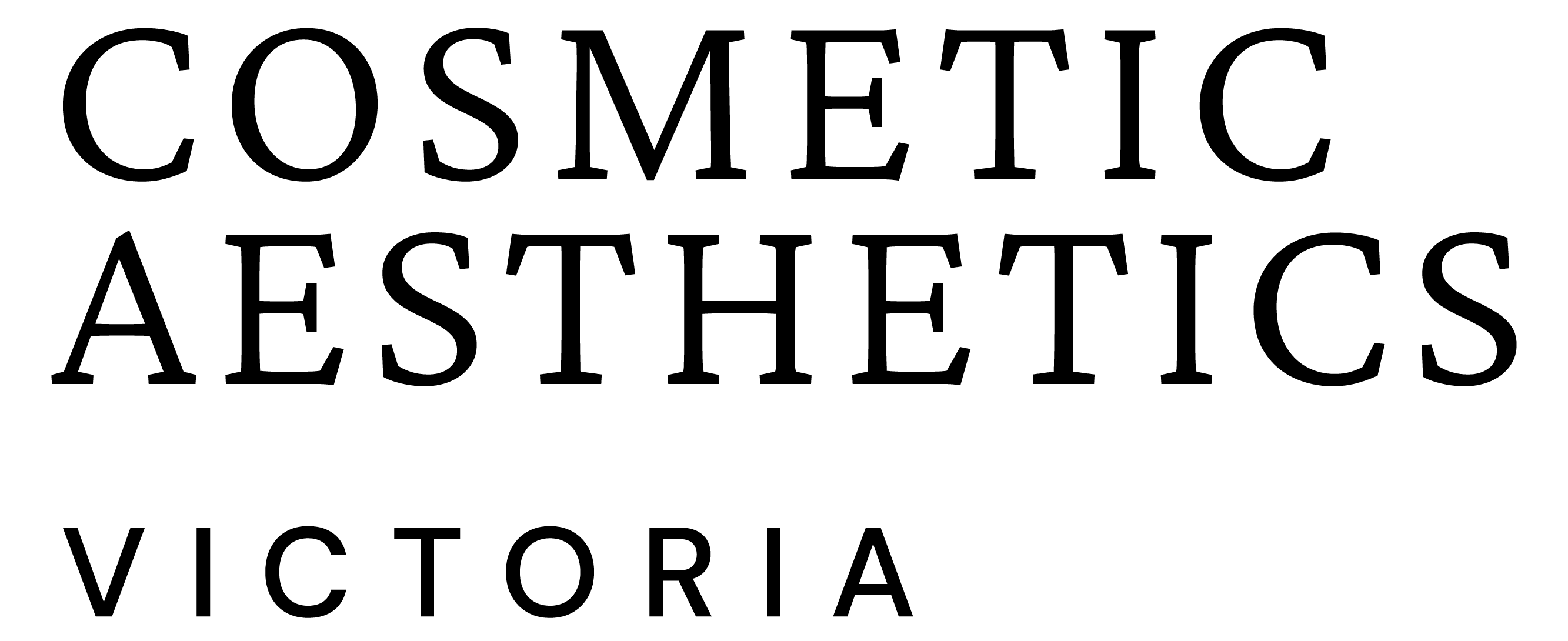
Rejuvenate your Skin with our Professional Skin Peels
At Cosmetic Aesthetics Victoria, we understand the transformative power of healthy, radiant skin. Professional chemical peels are one of the most effective ways to rejuvenate your complexion, whether you’re tackling fine lines, acne scars, or simply looking to brighten your skin.
With over 37 years of expertise, our team is committed to providing you with personalised care and the best non-surgical treatments to help you achieve the glowing skin you’ve always desired.
In this blog, we’ll walk you through the benefits of professional skin peels, how they work, and why they’re a game-changer for anyone looking to revitalise their skin. Let’s dive in and discover the path to smoother, more radiant skin!

Powerful Benefits Of Professional Skin Peels For Radiant Skin
If you’ve ever looked in the mirror and wished for smoother, brighter skin, you’re not alone. I’ve had my fair share of skin struggles, particularly during the harsh Australian summer when my skin’s texture tends to suffer. It’s during these times that I’ve turned to chemical peels as a game-changer, and the results have been nothing short of spectacular.
Chemical peels are an incredible way to improve skin texture and tone. They work by using a specially formulated solution that gently exfoliates the outer layers of the skin. The idea is to cause controlled, superficial damage that encourages the skin to regenerate. Think of it as a reset button for your skin, stripping away the old to reveal the fresh, glowing layers beneath. It’s a technique that helps your skin start anew, shedding away the dullness and imperfections.
I remember the first time I underwent a professional skin peel. I was nervous about how my skin would react, especially as I had sensitive skin. But the results were absolutely worth it—my skin felt smoother, looked brighter, and my fine lines around the eyes started to fade. This process, though, wasn’t just about the peel itself—it was about the boost in collagen production and skin regeneration that followed.
Targeted Skin Concerns Professional Peels Can Address
The beauty of professional skin peels is their versatility. Whether you’re battling fine lines, acne scars, or the signs of sun damage, a chemical peel can target a variety of skin concerns. Let’s break it down a little further:
- Hyperpigmentation: Living in Australia, where the sun can be unforgiving, many of us struggle with uneven skin tones or pigmentation issues like sunspots or melasma. Professional peels can effectively lighten these spots, giving you a more even complexion.
- Fine Lines and Wrinkles: Age might be catching up with some of us, but it doesn’t mean we have to settle for wrinkles! Chemical peels, particularly medium-depth ones, can help reduce the appearance of fine lines by promoting the growth of new skin cells, making your skin appear plumper and more youthful.
- Acne Treatment: If acne has been a part of your life, you know the emotional toll it can take. A chemical peel works wonders for reducing active acne and the stubborn scars that often remain afterwards. Salicylic acid peels, in particular, can penetrate deep into the pores to cleanse and refresh the skin, reducing congestion and breakouts.
Types Of Professional Chemical Peels And How They Work
When it comes to skin peels, one size doesn’t fit all. That’s why I always recommend consulting a professional to assess your skin’s needs before undergoing treatment. Here’s a closer look at the different types of chemical peels:
Light Peels For Mild Concerns
Light peels are fantastic for those looking to dip their toes into skin rejuvenation without the commitment of a deeper peel. These peels use mild acids, such as glycolic acid or salicylic acid, to target the topmost layer of skin. They’re often called “lunchtime peels” because of their minimal downtime—perfect for those who want to refresh their skin during a lunch break and return to their daily routine with no fuss.
In my experience, light peels are excellent for maintaining your skin’s health and addressing minor concerns. After undergoing a glycolic acid peel, I noticed my skin became more radiant and even-toned, and fine lines around my mouth softened. For those of us living in Australia, where the sun can often leave our skin feeling tired and dull, a light peel is a perfect solution to restore that natural glow.
Medium Peels For Deeper Skin Issues
If you’re dealing with more noticeable concerns—such as sunspots, deep wrinkles, or stubborn acne scars—a medium-depth peel is the way to go. Medium peels penetrate deeper into the skin, typically using Trichloroacetic Acid (TCA) or higher concentrations of glycolic acid. These peels reach the outer layers of the dermis, offering more dramatic results compared to light peels.
While I’ve seen great results from light peels, medium peels are a fantastic option for more noticeable improvements. When I consulted with a client who had significant sun damage and fine lines around the eyes, a series of medium peels helped to drastically improve the texture and tone of their skin. Recovery typically takes a little longer—7 to 14 days—but the payoff is well worth the wait.
Deep Peels For Long-Lasting Results
For more severe skin concerns like deep wrinkles, sun damage, or even precancerous spots, a deep peel is the ultimate solution. These peels use stronger chemicals like phenol or high-concentration TCA to penetrate deeply into the dermis, offering dramatic, long-lasting results.
I’ve personally seen incredible transformations in clients who opted for deep peels. One woman I treated had deep acne scars that had affected her confidence for years. After undergoing a deep chemical peel, her skin was not only smoother, but her scars faded significantly. While the recovery time is longer (14-21 days) and may involve some discomfort, the results are absolutely worth it.
The Science Behind Skin Peels: How They Exfoliate And Rejuvenate?

Chemical Peel Process Explained
So, how exactly do skin peels work to rejuvenate your skin? The process is quite fascinating. A chemical solution is applied to the skin, which causes controlled damage to the outer layers of the epidermis. As the damaged skin peels away, new, healthier skin emerges underneath.
When I first experienced a chemical peel, I was curious (and admittedly, a little anxious) about what was going on beneath the surface. However, the experience was much less intense than I’d imagined. The sensation was more like a slight tingling or warmth as the acid began to work. It wasn’t painful—just a bit odd—and the results were well worth it.
The key to the peel’s effectiveness is the controlled injury it creates. This injury stimulates your skin’s natural healing response, promoting the growth of new skin cells. It also encourages collagen production, which is responsible for keeping your skin firm, youthful, and elastic. Over time, you’ll notice improvements in the texture and appearance of your skin—fewer wrinkles, more even tone, and an overall healthy glow.
Professional Skin Exfoliation Vs. At-Home Peels
You might be wondering, what’s the difference between professional and at-home skin peels? While at-home exfoliating treatments are generally more superficial, professional peels go deeper and offer more noticeable results.
At-home chemical peels typically use lower concentrations of acids, which is great for mild exfoliation and maintaining your skin. However, they can’t penetrate as deeply as professional treatments. The active ingredients in professional peels are stronger, designed to tackle more persistent skin concerns like acne scars or deeper wrinkles.
A few months ago, I had a client who had been using at-home glycolic acid products for a while but wasn’t seeing significant results. After her first professional peel, she was amazed by the difference in her skin’s texture and glow. The deeper penetration of the professional peel allowed her to see improvements that were simply unattainable with at-home treatments.
Choosing The Right Skin Peel For Your Needs
If you’re seeking that fresh, glowing look, chemical peels can deliver just that. Glycolic acid peels are particularly effective in promoting an instant radiance by exfoliating the skin’s surface and encouraging the growth of fresh, new skin cells.
I personally swear by glycolic peels for brightening and smoothing my skin. They have become my go-to treatment, especially when I need to refresh my skin before a big event. You might notice a slight redness for a few hours, but nothing that would prevent you from continuing your day. For anyone seeking to enhance their skin’s radiance without significant downtime, glycolic acid peels are a fantastic option.
For those with drier skin, hydrating peels are a dream. These peels combine exfoliating acids with hydrating agents to give your skin a moisture boost while still working to exfoliate the dead cells away. It’s like giving your skin a double dose of care: exfoliation and hydration, leading to a smooth, glowing finish.
Peels For Sensitive Skin: What You Should Know?
Many of us have sensitive skin, which can make choosing the right peel tricky. If this sounds like you, I can relate—sensitive skin can react unpredictably to certain products. That’s why it’s so important to choose the right type of peel, and why professional guidance is key.
Salicylic acid peels are fantastic for sensitive skin types, particularly for those dealing with acne. Salicylic acid has anti-inflammatory properties and can penetrate deep into the pores, making it effective for clearing out congestion. Unlike stronger acids like glycolic acid, salicylic acid is typically less irritating and is much more suited to sensitive skin.
I’ve treated many clients with acne who were hesitant to try peels because of their sensitive skin. After doing a patch test and using a gentle salicylic acid peel, they were often thrilled with the results. The peel helped clear up their breakouts without causing irritation, and their skin felt fresh and rejuvenated without the discomfort that other treatments might bring.
Acne Scar Treatment Peels: How They Work?
The Role Of Peels In Acne Scar Reduction
Acne scars are a common skin concern, and for many, they can feel like a permanent reminder of a past struggle with breakouts. But the good news is, chemical peels are a powerful tool for addressing acne scars, especially when combined with other treatments like microneedling.
When my friend Sarah came to me, feeling self-conscious about the acne scars that had remained on her cheeks after her teenage acne cleared, I recommended a series of chemical peels. Over the course of several months, the deep exfoliation of the peels helped to gradually fade the scars, and Sarah’s skin texture improved significantly. She was ecstatic with the results!
The chemical solution used in these peels works by removing the outer layers of skin, where the scars are most visible. As the skin heals, new cells are generated, leading to a smoother and more even surface. For mild to moderate scars, superficial peels may be sufficient. However, for deeper, more stubborn scars, medium-depth peels may be necessary to achieve the best results.
Glycolic Vs. Salicylic Peels For Acne Treatment
Not all acne scars are the same, and different peels can target different types of acne marks. For those with more superficial scarring or mild acne, glycolic acid peels are highly effective. The glycolic acid works to exfoliate the top layer of skin, revealing fresh, smoother skin beneath. This is especially useful for those with skin that’s prone to hyperpigmentation from acne.
For those with deeper scars or cystic acne, salicylic acid peels might be a better choice. Salicylic acid’s anti-inflammatory properties help reduce the redness and swelling associated with acne scars, while also working deep within the pores to prevent further breakouts.
Risks And Side Effects Of Chemical Peels: What To Expect?
Potential Complications Of Deep Peels
While chemical peels are generally safe when performed by qualified professionals, there are certain risks involved, especially with deeper peels. The deeper the peel, the greater the risk of complications. For instance, Phenol peels, which penetrate deeply into the dermis, have a higher risk of causing permanent changes in skin pigmentation or even scarring, particularly for those with darker skin tones.
I recall a case where a client with deep sun damage and significant wrinkles underwent a deep peel. While the results were fantastic in terms of skin smoothness and rejuvenation, they did experience some prolonged redness, which took longer to heal than expected. It’s not uncommon for deeper peels to require more care during recovery. For deeper chemical peels, I always ensure my clients are fully aware of the potential risks and recovery times.
The risks include:
- Hyperpigmentation: The skin may darken or lighten in certain areas, particularly in people with darker skin tones.
- Scarring: Though rare, improper technique or care can lead to scarring.
- Infections: Due to the broken skin barrier, infections can occur, especially if post-care instructions are not followed.
- Chemical Burns: Misapplication of the solution can result in burns, particularly with deep peels.
Mild To Moderate Peels: Minimal Side Effects
For light and medium peels, the side effects are typically less severe. After my own experience with a light glycolic acid peel, I only experienced mild redness that subsided within a few hours and slight flaking for a few days. This is common for superficial peels and doesn’t usually require much downtime.
The most common side effects include:
- Redness and Swelling: A mild, sunburn-like redness is typical, especially with medium-depth peels.
- Dryness and Tightness: This occurs as the skin starts to peel and regenerate.
- Flaking or Peeling: Skin will naturally peel as the new skin emerges.
- Itching: As the skin heals, mild itching can occur, but should not be intense.
For anyone undergoing a light or medium peel, I always recommend avoiding strenuous activities that may irritate the skin, such as excessive sweating or using harsh skincare products. The less stress you put on the skin, the quicker the recovery.
Preparation And Aftercare: Maximising Results And Minimising Risks
Chemical Peel Aftercare: Essential Tips
The key to a successful peel is not just the procedure itself but also the preparation and aftercare. I always advise my clients to follow strict instructions before and after their peel to achieve the best possible results and avoid complications.
Here’s a helpful checklist for aftercare:
|
Aftercare Steps |
Details |
|
Hydration |
Apply a gentle, fragrance-free moisturiser regularly to keep the skin hydrated. |
|
Sun Protection |
Use broad-spectrum sunscreen (SPF 30 or higher) daily to protect healing skin. |
|
Gentle Cleansing |
Cleanse with cool water and avoid abrasive scrubs or harsh products for at least 2 weeks. |
|
Avoid Picking |
Do not pick or peel the skin manually; let it exfoliate naturally to avoid scarring. |
|
No Harsh Active Ingredients |
Avoid products with retinoids, Vitamin C, or AHAs until the skin has fully healed. |
|
Limit Physical Activity |
Avoid intense physical activity, saunas, or swimming for a few days to prevent irritation. |
Proper aftercare helps prevent post-peel complications and ensures you maintain that glowing, rejuvenated skin. I always remind clients to be patient as the skin heals and to stay consistent with their routine. As tempting as it may be to speed up the process, gentle care is essential for optimal results.
Common Post-Peel Side Effects And How To Manage Them
The peeling process itself can seem a little dramatic, but it’s a necessary part of skin rejuvenation. Most people experience some degree of redness, swelling, and flaking, but these side effects are temporary. I remember a client who was initially concerned when they saw their skin flaking after a medium peel. However, within a week, their skin had healed beautifully, and the results were evident: smoother, clearer skin with a reduction in pigmentation.
Here are a few tips to manage common side effects:
- Redness: Keep the skin moisturised and protected with a sunscreen that doesn’t contain harsh chemicals.
- Dryness and Flaking: Use a hydrating mask to keep your skin nourished and prevent excessive dryness.
- Itching: A cool compress or aloe vera gel can help soothe itching.
If the redness persists or you experience unusual pain, it’s essential to contact your practitioner for guidance.
Chemical peels are an excellent way to rejuvenate your skin, target multiple skin concerns, and enjoy long-lasting, beautiful results. Whether you’re looking to treat acne scars, reduce fine lines, or simply get that healthy glow, professional chemical peels offer a powerful solution.
Remember, the key to success lies not only in the treatment itself but also in following proper aftercare and preparing your skin beforehand. Take the time to consult with a professional to determine which peel is best suited for your skin type and concerns.
With professional guidance and care, you’ll be well on your way to smoother, clearer, and younger-looking skin.
For more information on our skin peel treatments, book in for a private consultation by calling 0450927511.
